Essential Charging Techniques for Improving the Lifespan of Your E-Bike Battery

Electric bikes have changed the way people ride bikes and given us a way to get around that is more efficient and better for the environment. But just like any other battery-powered device, electric bike batteries need to be cared for and maintained in the right way to make sure they last as long as possible. If you take good care of the bike's battery, it will work at its best and last for a long time.
One of the most important parts of taking care of the battery on your electric bike is knowing how to charge it. Charging the battery of an electric bike is not as easy as it may seem. You need to know what you're doing and have the right tools. In this blog post, we'll explore some key charging strategies that will help you maximize the health of your electric bike battery and keep it running smoothly for years to come. By following these tips, you'll be able to extend the lifespan of your electric bike's battery and get the most out of your investment.
Learn the Basics of Electric Bike Batteries
Batteries are an important part of any electric bike because they give the bike the power it needs to move and determine how far it can go on a single charge. An e-bike's battery is made up of lithium-ion cells that can be charged and turn electrical energy into motion. The battery's capacity is usually measured in watt-hours (Wh) or ampere-hours (Ah), which determines how much energy it can hold and how far it can travel.
It's important to remember that e-bike batteries need to be cared for and maintained properly to work well and last a long time. Heat can damage the battery, so it's important to keep it at a cool temperature and avoid overcharging. Regular charging and avoiding deep discharges can help extend the battery's lifespan. Additionally, it's crucial to handle the battery with care and follow the manufacturer's guidelines for charging and storage. By properly caring for your e-bike battery, you can ensure that it provides reliable performance and lasts for years to come.
Types of Electric Bike Batteries
There are several types of batteries used in e-bikes, including lead-acid, nickel-cadmium (NiCad), nickel-metal hydride (NiMH), and lithium-ion (Li-ion).
Lead-acid batteries
This is one of the oldest rechargeable batteries. It is heavy and has a relatively low energy density compared to other types of batteries. However, lead-acid batteries are also the cheapest option.
Nickel-Cadmium (NiCad) Batteries
Nickel-cadmium batteries have been replaced by newer technology but are still used in some e-bikes. They are durable and can withstand extreme temperatures, but they are less energy dense than newer batteries.
Nickel-metal hydride (NiMH) batteries
NiMH batteries have a higher energy density than NiCd batteries and are more environmentally friendly. However, they are not as durable as lithium-ion batteries.
Lithium-ion (Li-ion) batteries
This is the most common type of battery used in e-bikes today. Lithium-ion batteries are lightweight, have a high energy density, and are more durable than NiMH batteries. They are also more expensive.
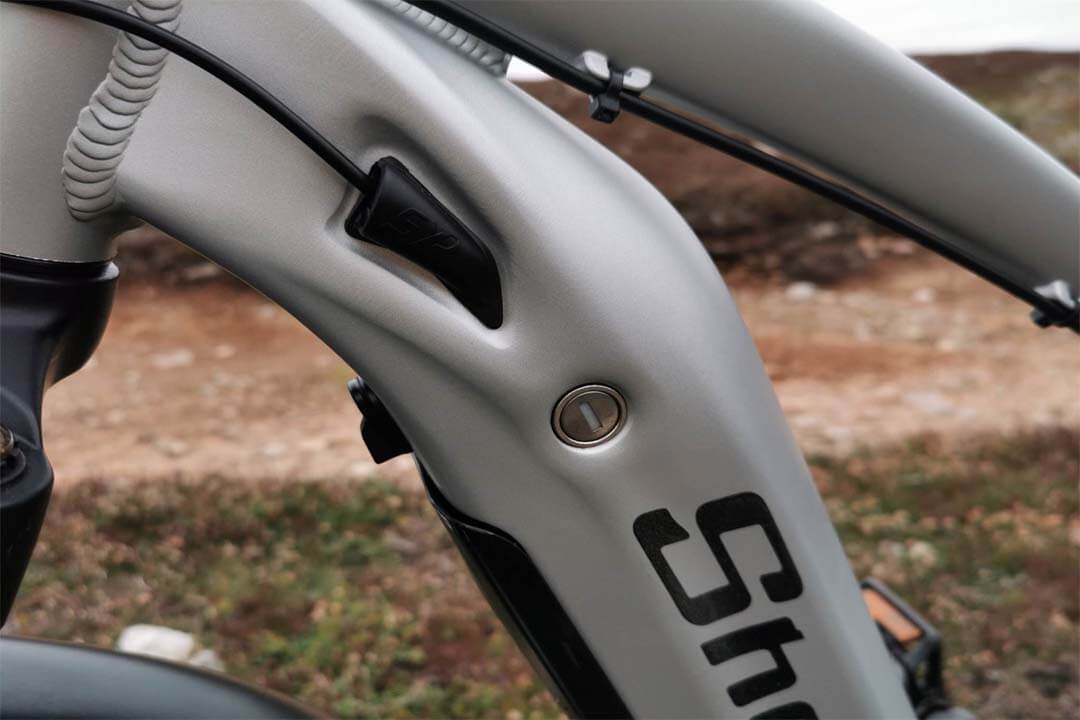
Lithium Polymer (LiPo) Batteries
This is a lithium-ion battery that has a slightly higher energy density and is more flexible than traditional lithium-ion batteries. However, they are also more expensive and require special handling.
Factors Affecting Electric Bike Battery Life
temperature
Extreme temperatures, whether hot or cold, can significantly shorten the lifespan of a lithium-ion battery. It's best to avoid exposing your e-bike's battery to extreme temperatures.
usage frequency
The more you use your e-bike, the faster its battery will degrade. If possible, try to avoid using e-bikes for short trips and instead aim for longer rides.
Charging habits
Overcharging or undercharging an e-bike's battery will cause its performance to degrade faster. Try charging the battery when it reaches about 20–30% and stopping charging when it reaches about 80–90%.
battery aging
Lithium-ion batteries degrade over time, even when not in use. If your e-bike battery is several years old, it has likely lost some of its original capacity.
riding style
If you regularly ride your e-bike at high speeds or up steep hills, it will put more stress on the battery and cause it to degrade faster.
weight
The weight of the rider and any cargo carried on the e-bike can also affect battery life. Heavier loads will require more power from the battery, causing the battery to degrade faster.
Charging strategies to maximize e-bike battery health
Don't let the battery fully discharge. Lithium-ion batteries prefer partial discharge to deep discharge. It's best to charge your e-bike's battery when it's around 20–30% full and stop charging when it's around 80–90% full.
avoid extreme temperatures.
Extreme temperatures, whether hot or cold, can significantly shorten the lifespan of a lithium-ion battery. It's best to avoid exposing your e-bike's battery to extreme temperatures.
charge after each use
Lithium-ion batteries have no "memory effect", so you don't need to fully discharge them before recharging. Whenever possible, it's a good idea to charge your e-bike's battery after each use.
Use the correct charger
Always use the charger that came with your e-bike to make sure it is compatible with your battery. Using a third-party charger can damage the battery and shorten its lifespan.
Store batteries properly
If you do not plan to use your e-bike for an extended period, store the battery in a cool, dry place out of direct sunlight. Ideally, you should store the battery at around 50% charge.
Charging during off-peak hours
If your power company offers time-of-use, consider charging your e-bike battery during off-peak hours when electricity is cheaper. This saves you money on energy bills and helps reduce stress on the grid during peak usage times.
Maintenance tips for electric bicycle batteries
Charge the battery regularly
Store batteries properly
When storing e-bike batteries, be sure to store them in a cool, dry place away from direct sunlight and heat sources. Don't store batteries where the temperature or humidity is too high or too low, as this can damage the cells.
avoid deep discharge
Whenever possible, avoid fully discharging your e-bike battery, as this can cause irreversible damage to the battery. Instead, try charging the battery before it gets too low, preferably when it's around 20% to 30% charged.
Use the correct charger
Always charge your e-bike battery with a charger made for it and follow the instructions from the manufacturer. Don't use chargers or adapters made by someone else because they might not work with your battery and could damage it.
Keep the battery clean
Check the battery regularly for dirt, dust, or moisture, and clean it with a soft, damp cloth if necessary. Avoid harsh chemicals or abrasive materials as they can damage the battery case.
Servicing the battery
If you notice any signs of wear or damage to your e-bike battery, such as cracks, leaks, or swelling, take it to a professional for repair or replacement. Do not try to fix or replace the battery yourself, as this can be dangerous and may void the warranty.
Upgrade e-bike batteries for better performance
If you want your e-bike to work better, you might want to upgrade to a higher-quality battery. A great example is the Shengmilo MX05 All-Terrain Electric Fat Tire, which comes with a 720Wh LG battery capacity that can be easily removed. This bike has high-performance 18650 cells and new battery technology. This makes it easier to charge. With upgraded batteries that have more capacity, you'll enjoy better performance and an increased range.
In Conclusion,
It's important to follow key charging strategies if you want your electric bike battery to last as long as possible and stay healthy. With the right care and maintenance, you can make sure that the battery on your electric bike will work well for many years. First, it's important to use a smart charger or set a timer to avoid overcharging. When you overcharge a battery, it can get too hot, which can hurt the cells and make the battery less useful.
Second, it's important to keep your battery from getting too low by charging it often and not letting it sit idle for long periods. Deep discharges can also hurt the battery by reducing its capacity and shortening its life. Additionally, storing your battery at a cool temperature, ideally between 32 and 68°F, can prevent it from overheating and prolong its shelf life. Lastly, if you're unsure about how to charge your battery properly, always consult your manufacturer's guidelines for specific recommendations. By following these strategies, you can help extend the life of your electric bike battery and get the most out of your investment.

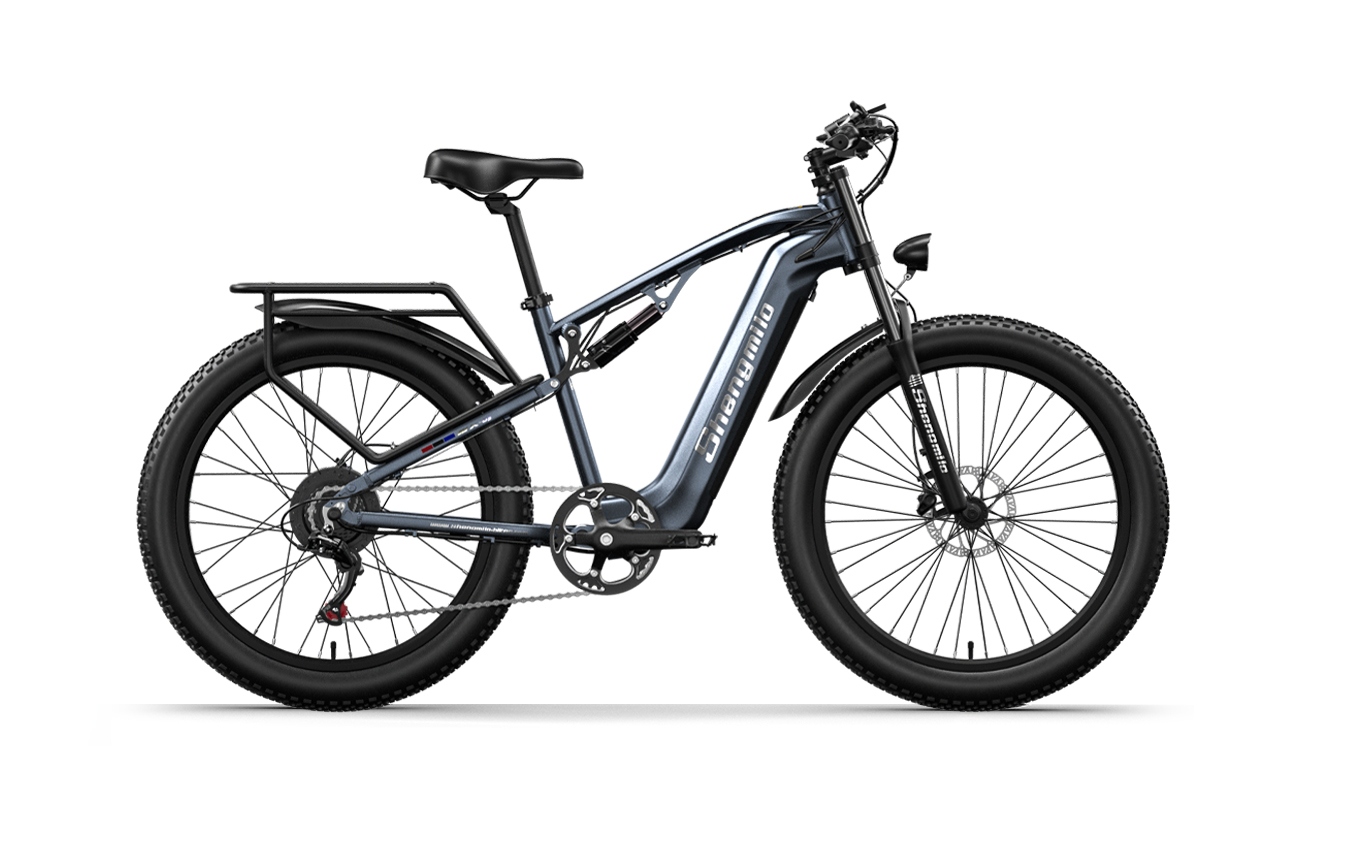
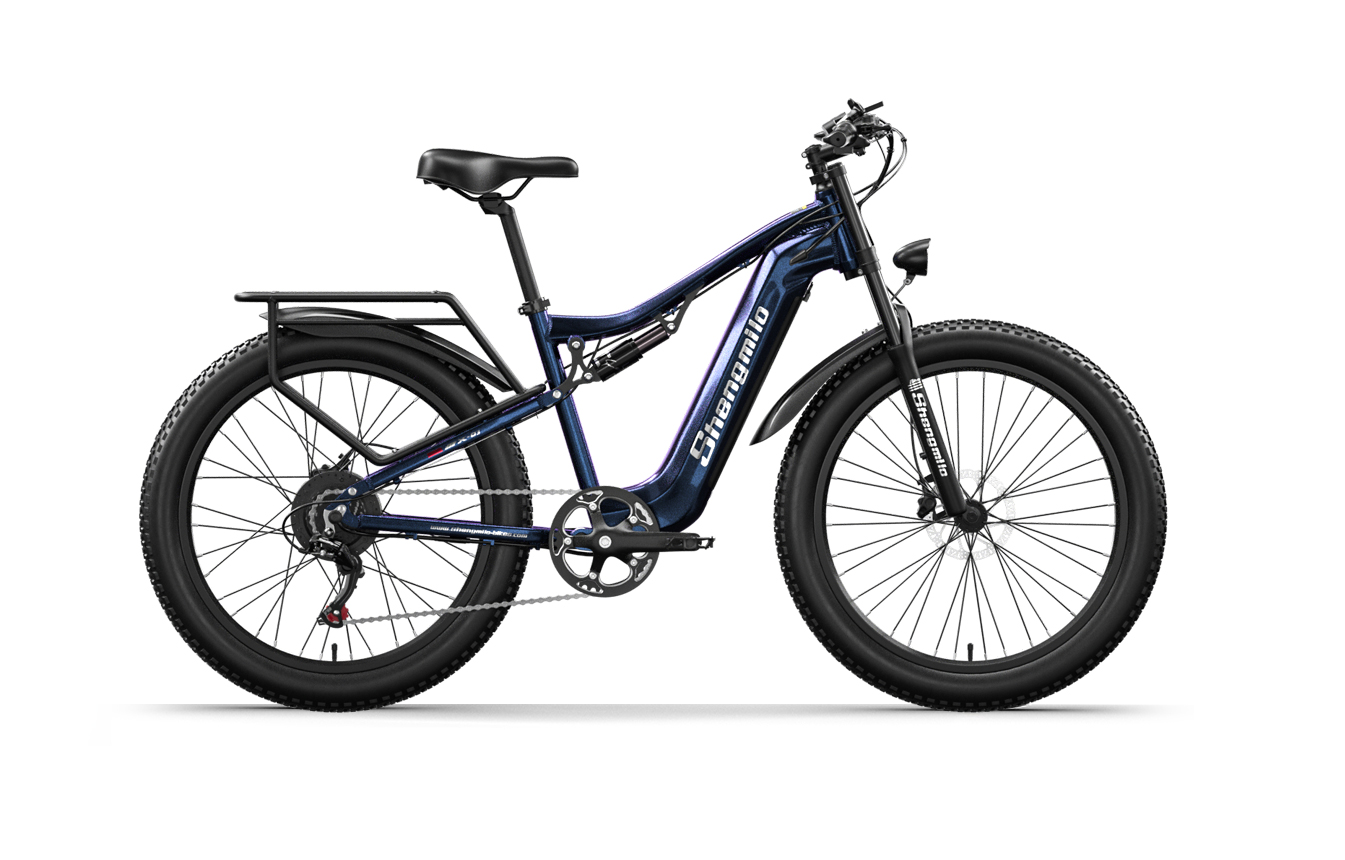
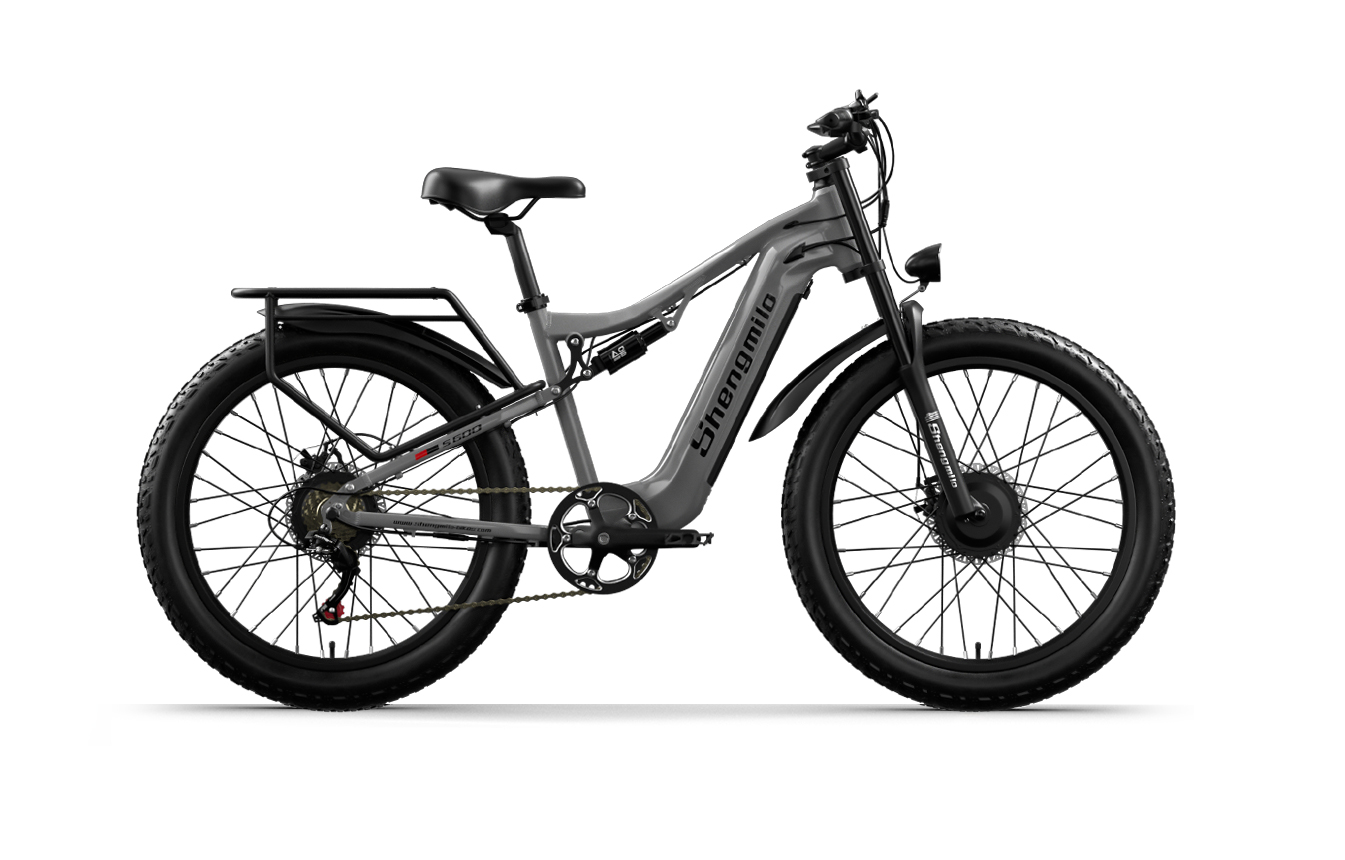
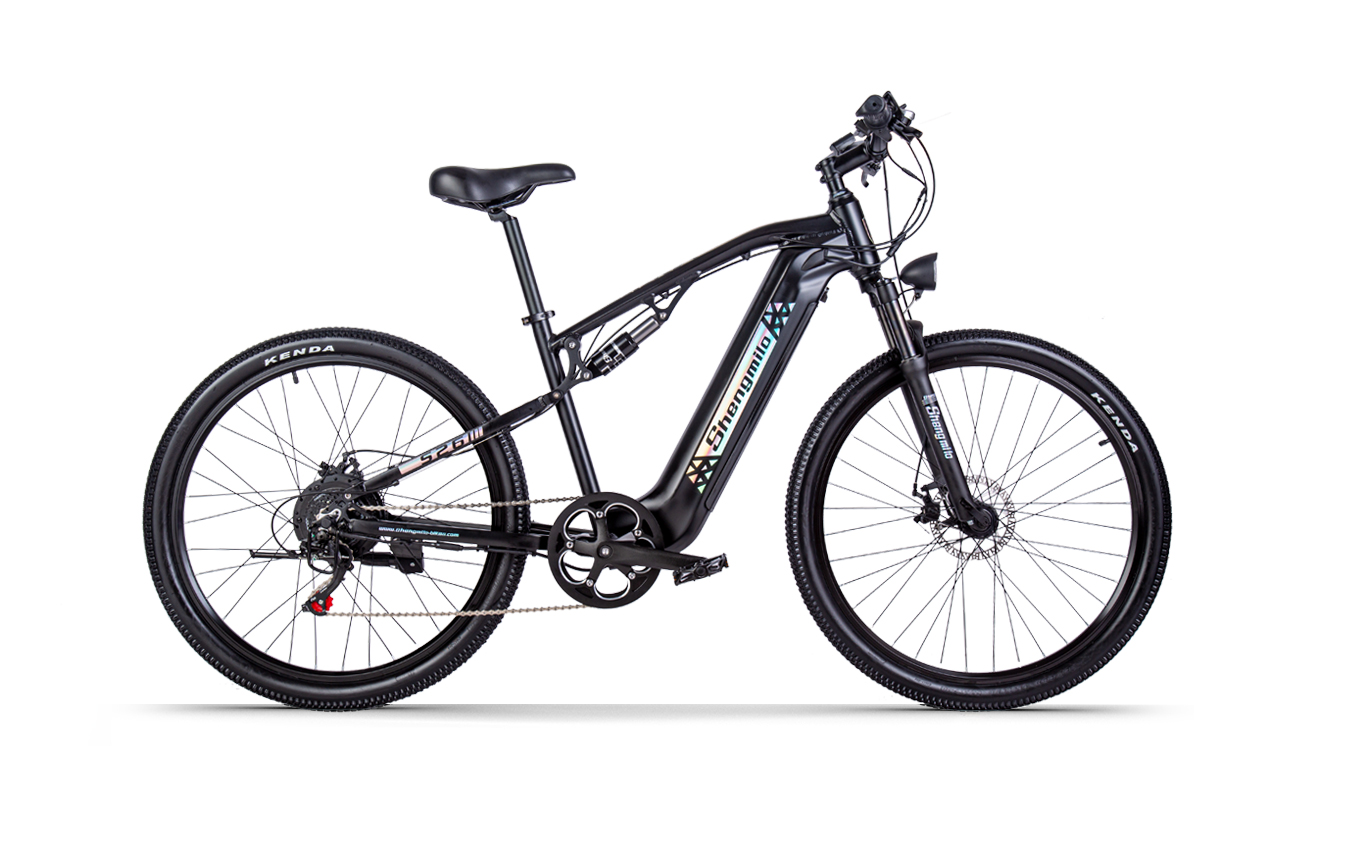
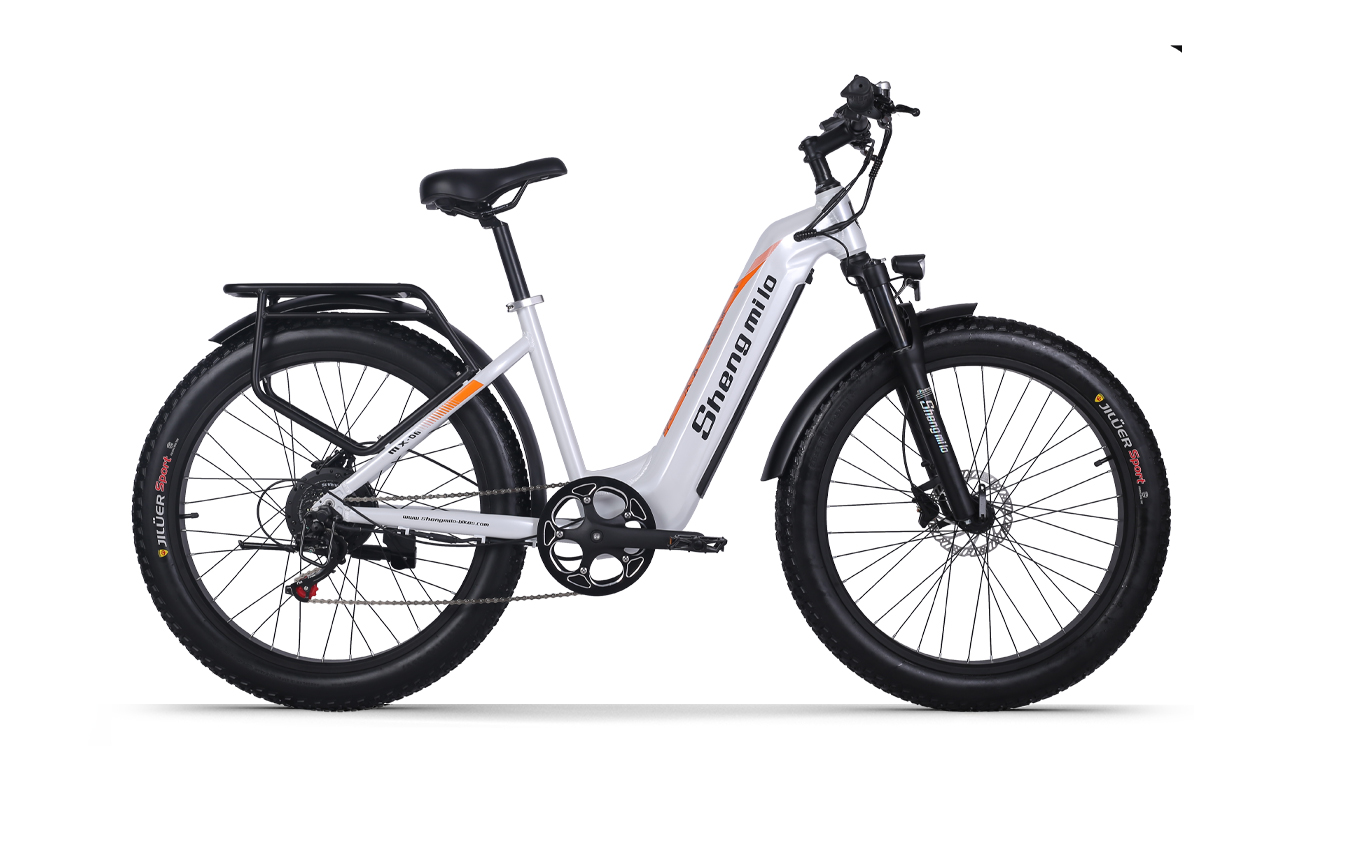
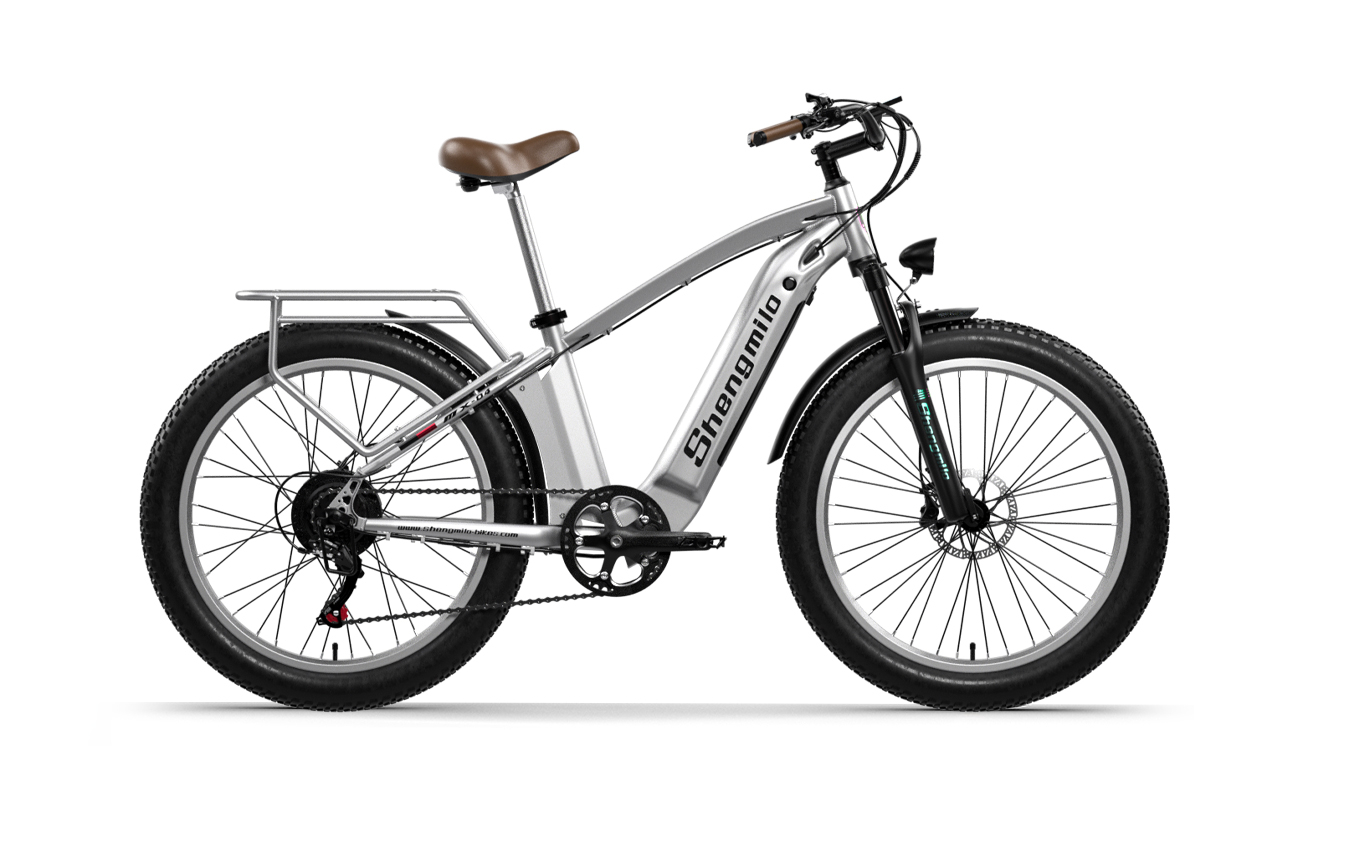
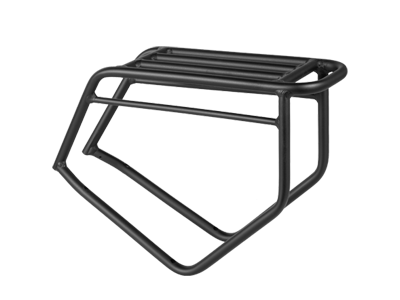
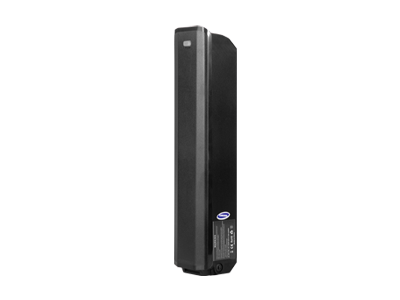
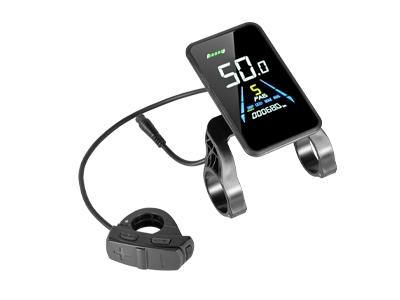
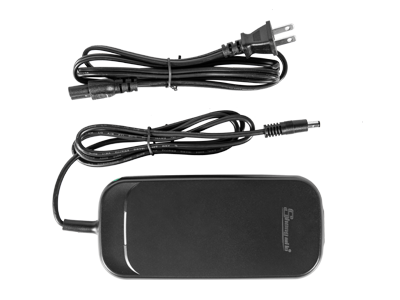
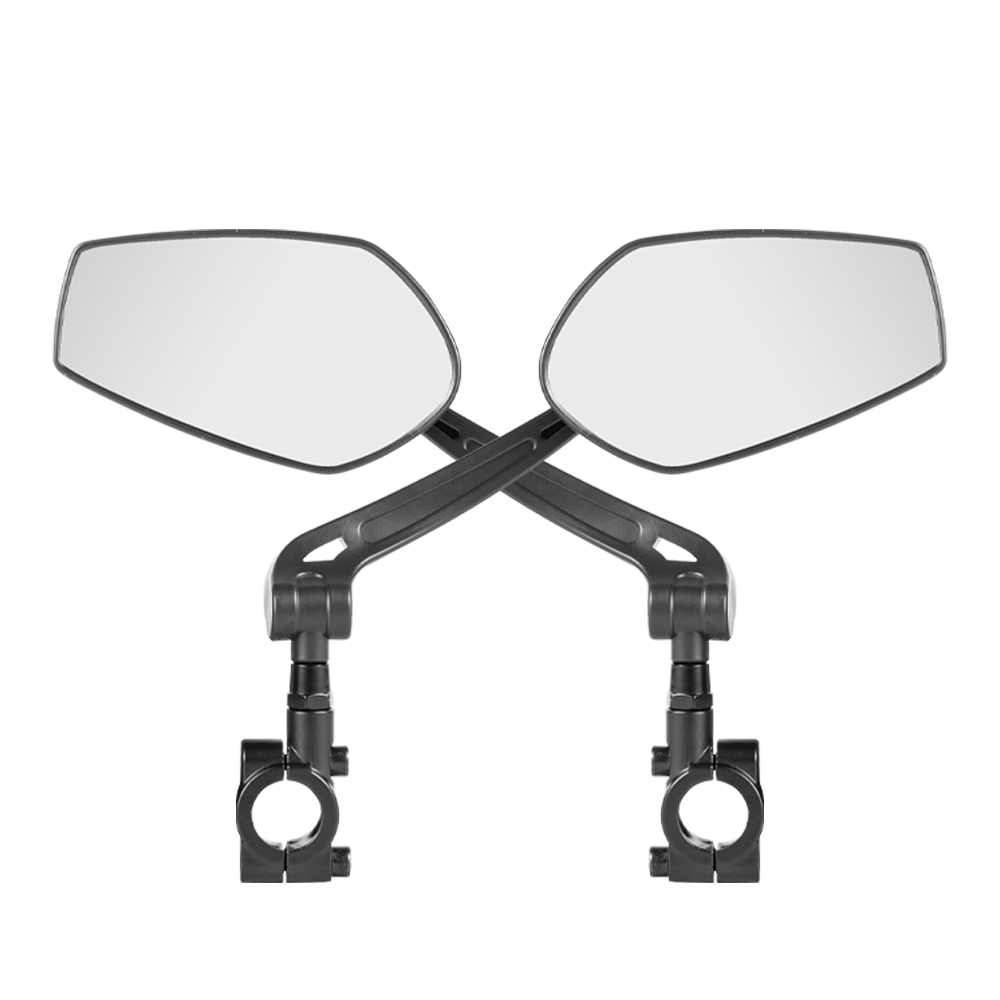
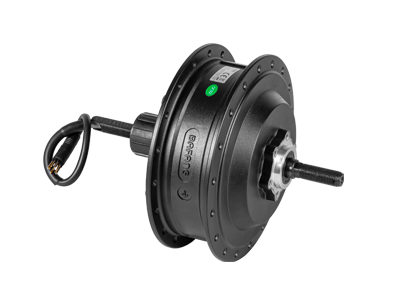
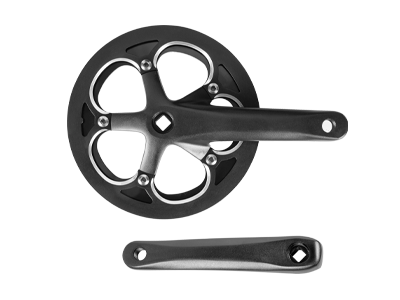
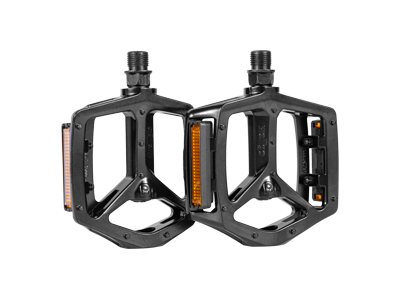
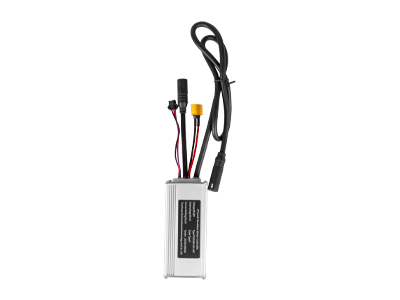
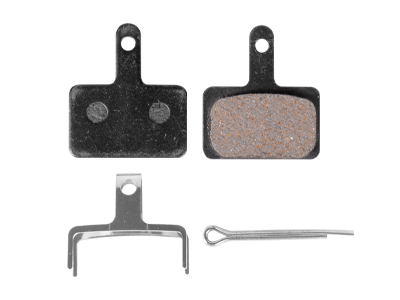
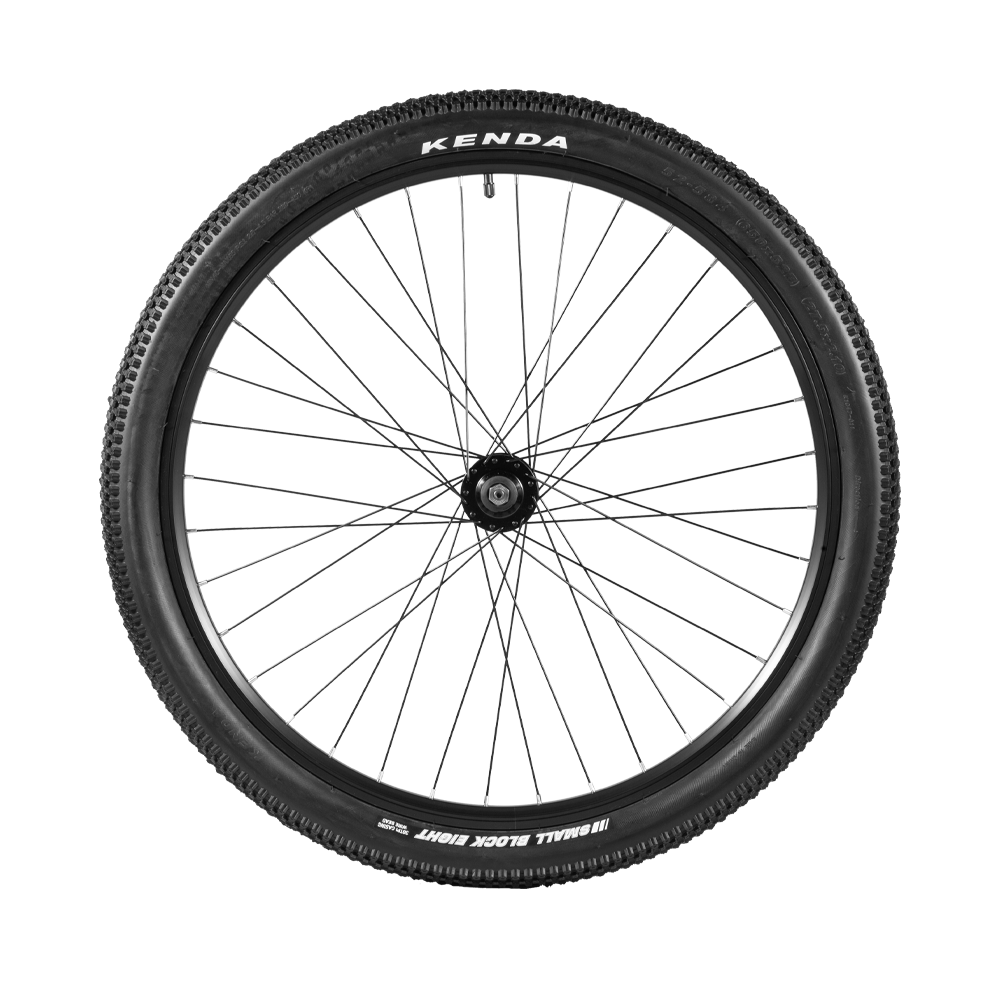






Leave a comment